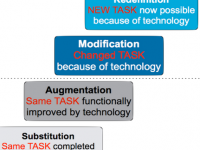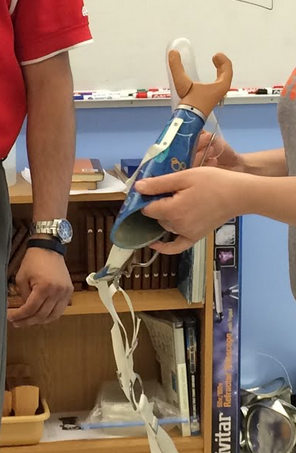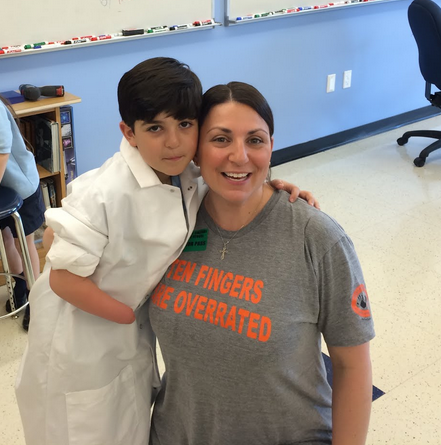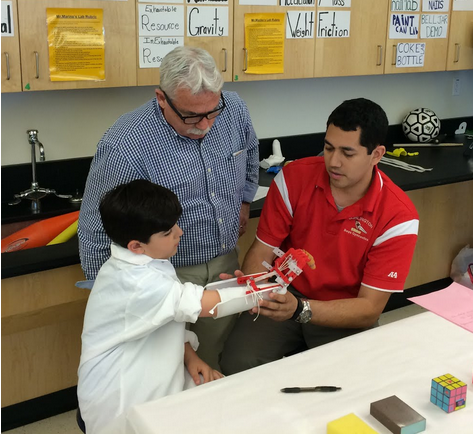This post first appeared on Edudemic.
The end of the school year is a time for reflection. What did we do well? What do we need to improve upon? These are the typical questions that both individuals and school districts ask at the end of the spring. However, there is another important question that I struggle to answer as well. This is the question about how we have changed? What have we done differently this year to push our thinking and the thinking of our students? To be more specific, I find myself dwelling on the R in Dr. Ruben Puentedura’s SAMR model, a model designed to help educators integrate technology into teaching and learning.

It encourages us to ask, What tasks have we performed that were previously inconceivable?
While I see daily examples of the lower levels of SAMR, I don’t think we have fulfilled our vision by simply settling for Substitution and Augmentation. Because our school district is one that has made the financial commitment to provide a web-enabled device to every staff member and student, I find myself looking past the lower levels of the SAMR model and jumping right to Redefinition. As our district completes our third year of implementing our 1:1 program, I feel it is important that we have some clear examples of our staff and students coming up with things that we never expected.
Of course, these tasks tend to emanate in learning environments where learners have a great deal more latitude, and a more problem-based approach is embraced. Therefore, it came as no surprise that the best example of hitting the R in SAMR came from our eighth graders during their activity block - a time where students choose what they will pursue. This group of students, under the direction of their two teachers, Mr. Kille and Mr. Marino, absolutely blew me away with what they were doing with their 3-D printer and some of the other technological resources at their disposal.
Our students were introduced to a local boy named Frankie who was born without a right hand. Frankie had a prosthetic hand that he had received through insurance, but the hand was cumbersome and hooked around his shoulder with a strap and was quite difficult for him to operate for basic tasks like riding his bike. Upon hearing about this, our students knew they could come up with something better for Frankie. They immediately went to work, connecting with people around the world who had used 3-D printers to develop prosthetic hands and starting to develop prototypes. It has been a long process for our students and their teachers in their work to create a better hand for Frankie. In fact, Frankie is due in to school this week to try out the most recent version of this new hand which will allow him to perform some basic tasks more easily.
So while the story of Frankie and our middle school students is quite possibly the most amazing work that I have seen from staff and students, I wonder how we can get more students involved in this type of work. I am not talking about having every student design prosthetic hands, but I am talking about ensuring learning environments where students have time and support to get involved in meaningful tasks about which they are passionate. We need to ensure that every student has time away from the lower level tasks that sometimes take too much of the focus due to the tendency of administrators and teachers to be driven by standardized test scores in order to have these types of more meaningful experiences.
I guess what I am saying is that I wonder if I have done enough to help set the stage for getting to the R in SAMR by doing some reimagining myself. What can we do in our district to create schedules where teachers and students have activity blocks or less structured time around bigger ideas that are more likely to lead to this type of amazing work?
Patrick will be a featured presenter at the July 28-30 EdTechTeacher Summit. He will be presenting Leading in the Google Cloud, co-instructing the Design the School of the Future Innovation Lab, and leading Creativity & Curation with iPads in the Middle School and High School Classroom during the Pre-Conference workshop day.




